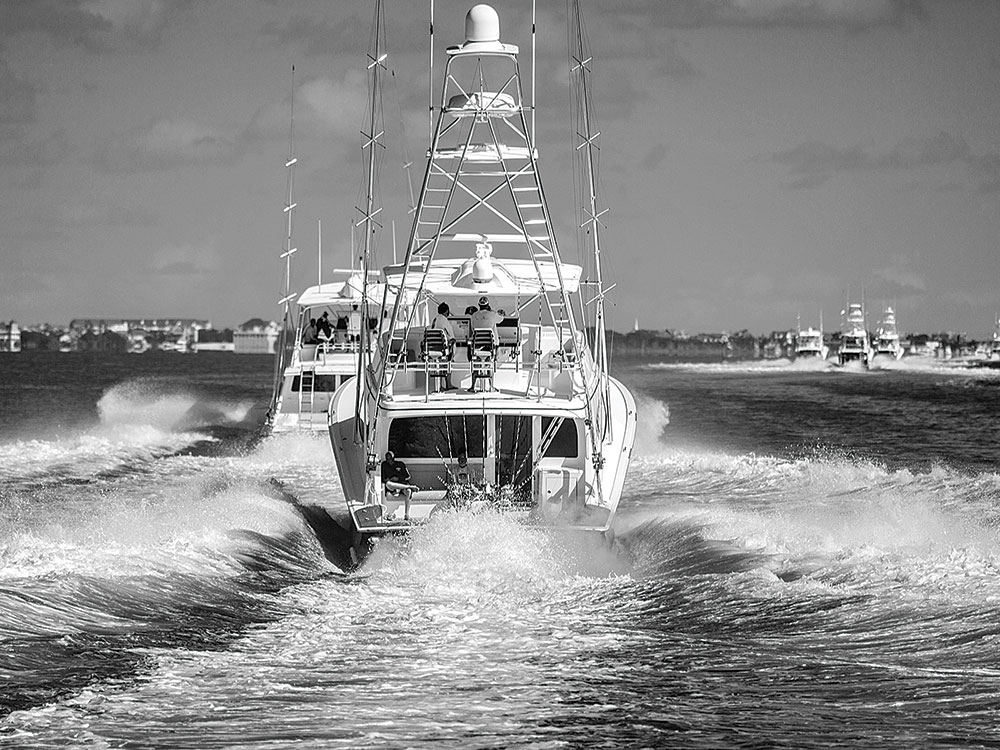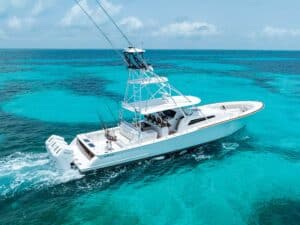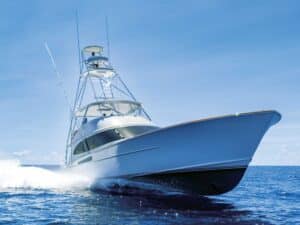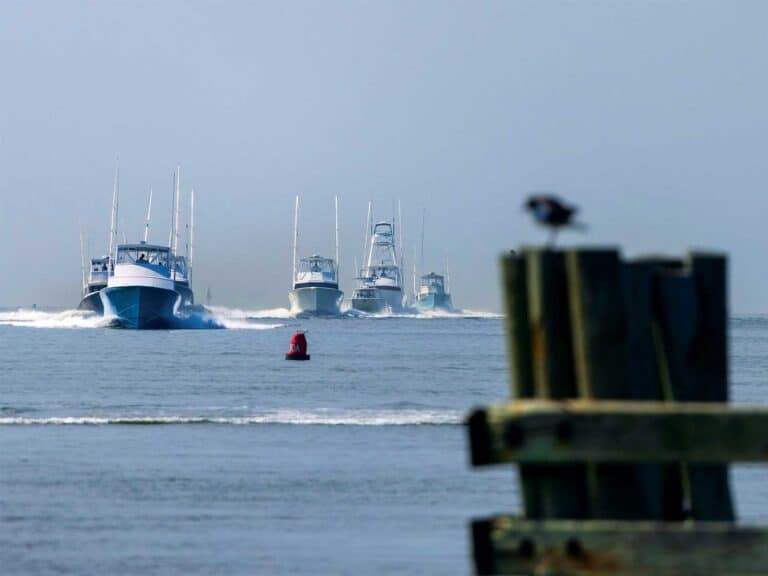
Individuals outside the maritime world often wonder why certain owners choose to register their vessels in other countries and what comes with using a foreign-flagged vessel in the United States. One requirement associated with foreign-flagged vessels is a federal cruising permit.
What is a Cruising Permit?
Under federal law, a foreign-flagged pleasure vessel may be issued a cruising permit by U.S. Customs and Border Protection, which enables a vessel to cruise freely in U.S. waters.
In other words, the cruising permit exempts pleasure vessels of certain countries from the requirement of undergoing formal entry and clearance procedures in the United States. In many states, including Florida, a cruising permit also allows a vessel to avoid being subject to the relevant-use taxes. Depending on the port or jurisdiction in which the application is submitted, Customs may require the vessel to clear through a foreign port before issuing the license.
The Rules Remain
A cruising permit does not dispose of all rules relating to a vessel’s travel within our borders. Even with a permit, the captain must notify Customs whenever the vessel moves from one port jurisdiction to another, or when it enters and departs U.S. waters. Depending on the size, a vessel may also be required to file a Notice of Arrival/Departure when bound for, or departing from, ports within the United States. Notices can be filed electronically on the National Vessel Movement Center’s website, and the amount of notice required prior to arrival depends on the length of the voyage from the relevant foreign port to U.S. waters. Failure to file a proper NOA can result in fines or the Coast Guard not allowing the vessel to enter U.S. waters until sufficient information has been provided.
Additionally, a cruising permit will be renewed only if at least 15 days have elapsed since the previous permit expired or was surrendered and the vessel arrives in the U.S. from a foreign port or place. Traveling outside U.S. waters while a cruising permit is effective does not satisfy the 15-day requirement. Hence, vessel owners must plan their cruising itinerary a bit more carefully as the renewal date approaches.
Open for Interpretation
Strangely, ports oftentimes interpret the rules relating to cruising permits in different ways. For example, the port of Miami might issue licenses differently than the port of Fort Lauderdale. Some ports are simply sterner than others, but the rules have become stricter in all jurisdictions in recent months. For example, cruising permits are typically issued for one-year periods, but port officials are now consistently awarding shorter cruise periods to certain vessels.
Additionally, some ports are not allowing permits to be renewed if the relevant vessel is for sale, even if it is duty paid in the United States. These procedures are especially enforced against vessels with foreign owners, and the problem is exacerbated by the lack of consistency in the procedures, even within the same port office.
Contact a Customs Broker
Every foreign-flagged vessel must have a cruising permit to navigate freely in U.S. waters without being subject to formal procedures. The rules surrounding cruising permits are complex, constantly changing and inconsistently enforced. As such, it is always advisable to contact a customs broker or a maritime attorney when dealing with the issuance, validity or renewal of a cruising permit.
Raleigh P. Watson is a contributing author, and a Partner at Miller Watson Maritime Attorneys.







